
Essential PPE in the Food Industry: What You Need to Know
Overwhelmed by PPE options for food safety? Master your PPE selection for food workers safety with these practical tips.

Get 20€ off on your first order!

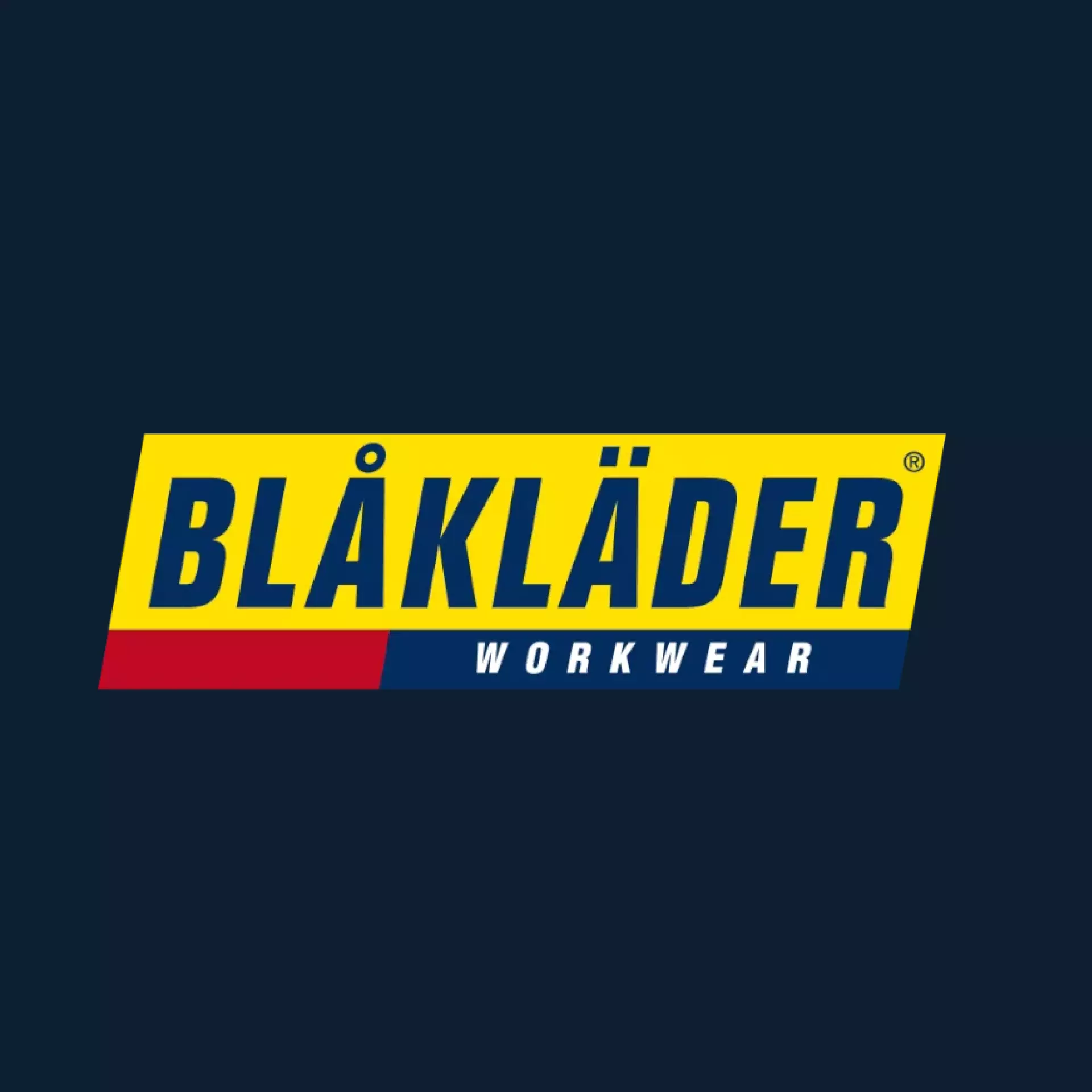



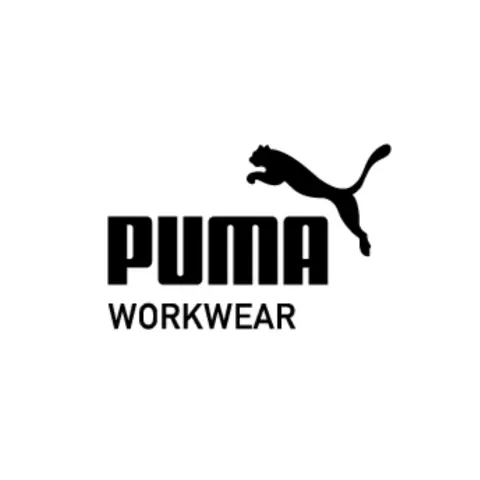

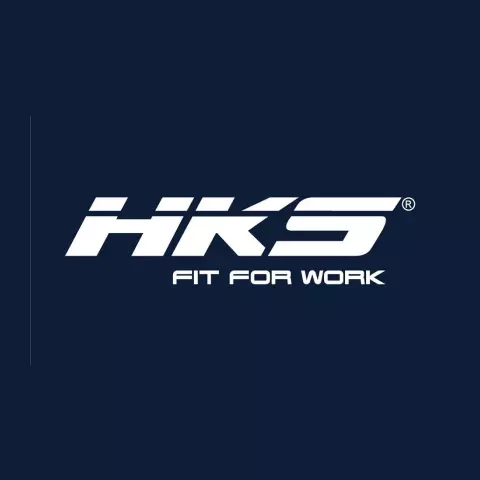


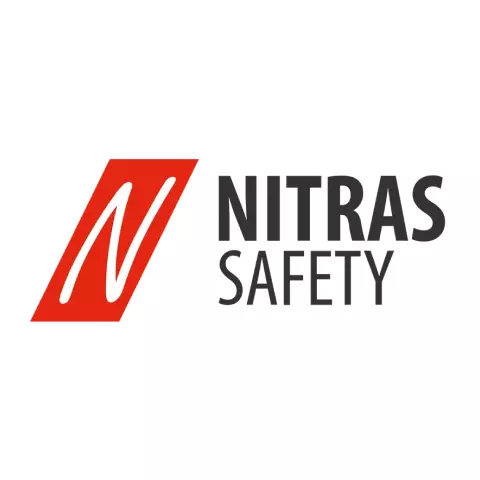




















Picking the right summer work shirt is important for workers in many fields. Aside from looking good, the ideal work shirt should also be comfortable, long-lasting, and safe in warm weather, in line with European working standards. This article will talk about important things you should think about when picking out summer work shirts, like the fabric, the fit, the ability to breathe, the UV protection, and how to keep them in great shape.
When wearing work shirts in hot weather, it’s important to pick the right fabric. Different types of cloth have different qualities that affect how comfortable, breathable, and long-lasting they are.
Cotton is known for its breathability and softness. It’s a natural fiber that absorbs moisture, allowing the fabric to remain cool and comfortable in higher temperatures. However, cotton tends to retain moisture longer than synthetic fabrics, so it may not dry as quickly if the wearer sweats excessively.
Polyester is strong, light, and doesn’t shrink or wrinkle easily, so it can be used in tough job environments. Modern polyester blends are often made to better wick away moisture, even though polyester itself isn’t as breathable as cotton. This makes them good for people who work in fairly warm conditions.
Blending cotton with polyester combines the best of both fabrics. These shirts are more durable than pure cotton and often have moisture-wicking capabilities. Cotton-polyester blends are ideal for professionals who need a balance between comfort and durability in warmer weather.
Linen is one of the naturally ventilating fabrics, making it one of the best choices. But cloth can get wrinkled easily, which could make it look bad in a business setting. Some linen mixes with cotton or polyester are made to keep their breathability while reducing wrinkles.
Although wool is typically associated with colder climates, merino wool is a fine, breathable wool variant that naturally regulates temperature and manages moisture. It’s ideal for professionals who work outdoors, as it resists odors and remains comfortable even when damp.
When it comes to summer clothing, breathability is very important. Fabrics that breathe let air move through them, which keeps you from getting too hot against your skin. Wearing shirts that can wick away wetness from the body makes you feel even better because they let sweat evaporate quickly.
When evaluating work shirts, consider:
Professionals who operate outside must give UV protection first priority. Sunburn, skin damage, and other health hazards may follow from prolonged sun exposure. UPF (Ultraviolet Protection Factor) ratings on some work shirts show how well they block UV light.
Choosing a shirt with a higher UPF rating can provide added assurance, especially for those who work outdoors regularly.
A well-fitted work shirt allows freedom of movement without restricting circulation or trapping excessive heat. Consider the following factors when evaluating fit and style for summer work shirts:
In some fields, work clothes have to meet certain standards. The EN ISO 20471 standard sets the rules for high-visibility clothing that professionals who work near roads or building sites must wear. Flame-resistant (FR) clothing may be needed in other fields, as controlled by EN ISO 11612, especially in areas where people are likely to be exposed to heat and flames.
Consider the following when selecting work shirts:
Work shirts during summer should be light and unencumbered. In warmer conditions, heavier fabrics or too tight shirts may cause discomfort that influences performance and concentration. Certain elements help to create a lighter feel:
Work shirts should be durable enough to withstand frequent washing and daily wear. Consider maintenance requirements, especially for fabrics that may shrink, wrinkle, or require ironing. Easy-care materials can be beneficial for busy professionals, especially those who don’t have access to specialized laundry services.
There are a lot of different prices for work shirts, and the price usually shows how good the material is and what extra features it has. Buying good work shirts may be a better investment for workers who work long hours in tough conditions because they last longer, are more comfortable, and keep you safer.
Evaluate your options by considering:
Different industries have distinct requirements for work shirts, and understanding these needs can help narrow down suitable choices.
Choosing a summer work shirt calls for juggling durability, comfort, and protection. Professionals can choose shirts that provide safety and comfort all during the workplace by considering fabric, fit, and protective elements. Aligning decisions with occupational norms will not only improve workplace efficiency but also help European professionals to stay well in warm weather.
Thank you! You've signed up for our newsletter.









Overwhelmed by PPE options for food safety? Master your PPE selection for food workers safety with these practical tips.
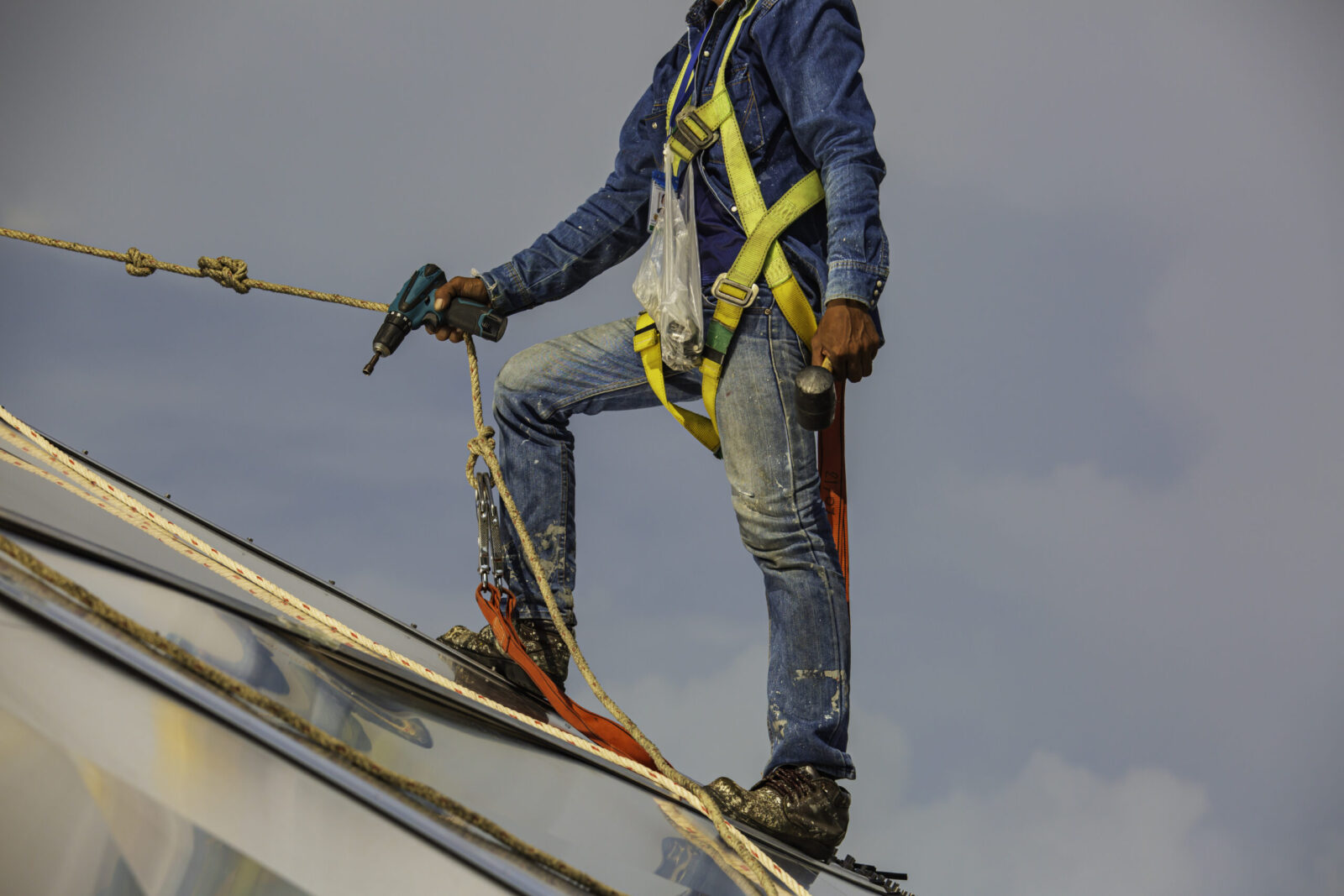
Fall safety equipment is a critical component of workplace safety across industries, particularly in construction, manufacturing, and maintenance sectors. Selecting...

Welding is a hard job that calls both knowledge and the right tools to guarantee efficiency and safety. The welding...

Overwhelmed by PPE options for food safety? Master your PPE selection for food workers safety with these practical tips.

Fall safety equipment is a critical component of workplace safety across industries, particularly in construction, manufacturing, and maintenance sectors. Selecting...

Welding is a hard job that calls both knowledge and the right tools to guarantee efficiency and safety. The welding...
Get 20€ off on your first order!
Save 30% by buying directly from brands, and get an extra 10€ off orders over €100
Save 30% by buying directly form brands, and get an extra 10€ off orders over €100